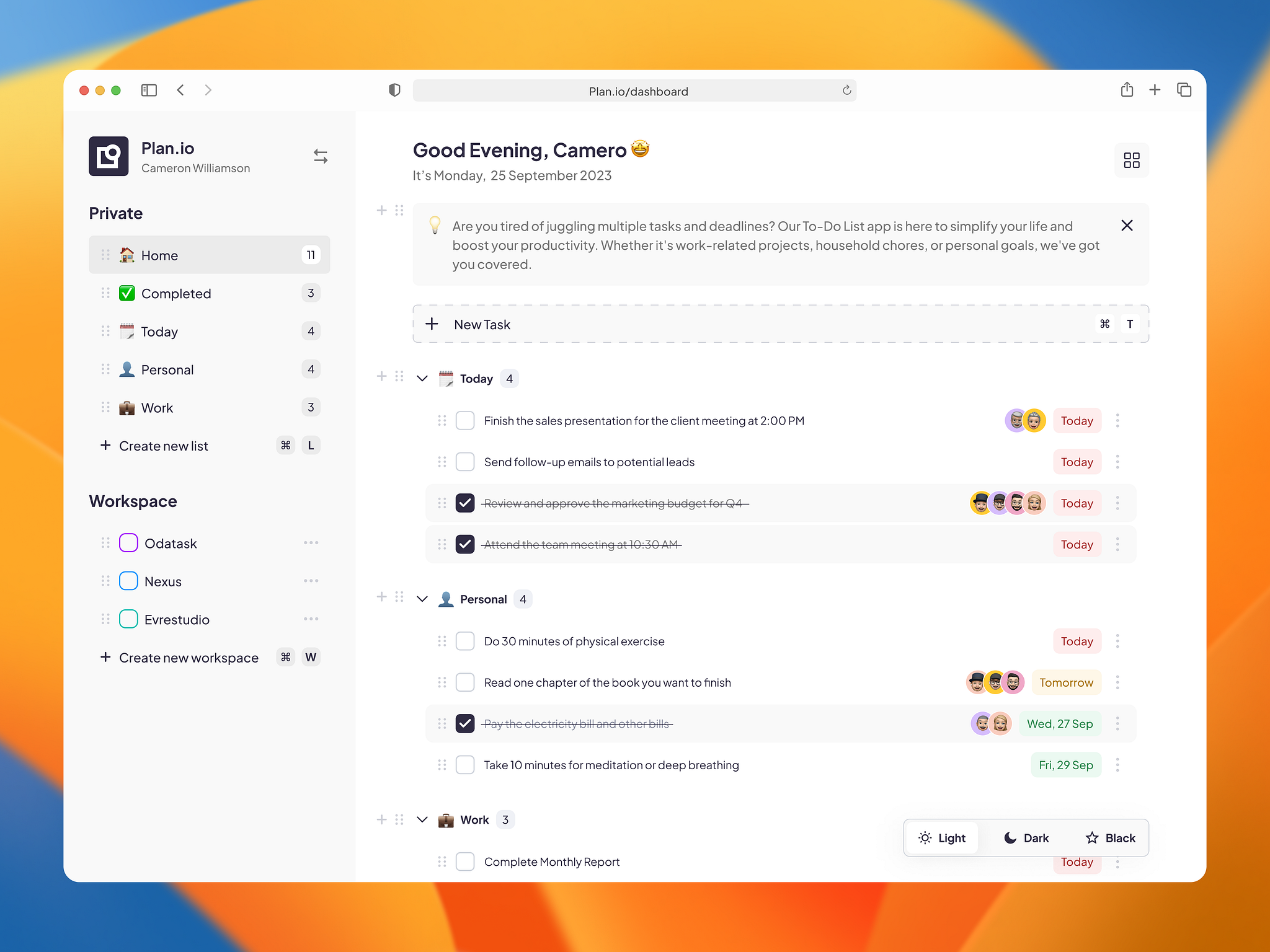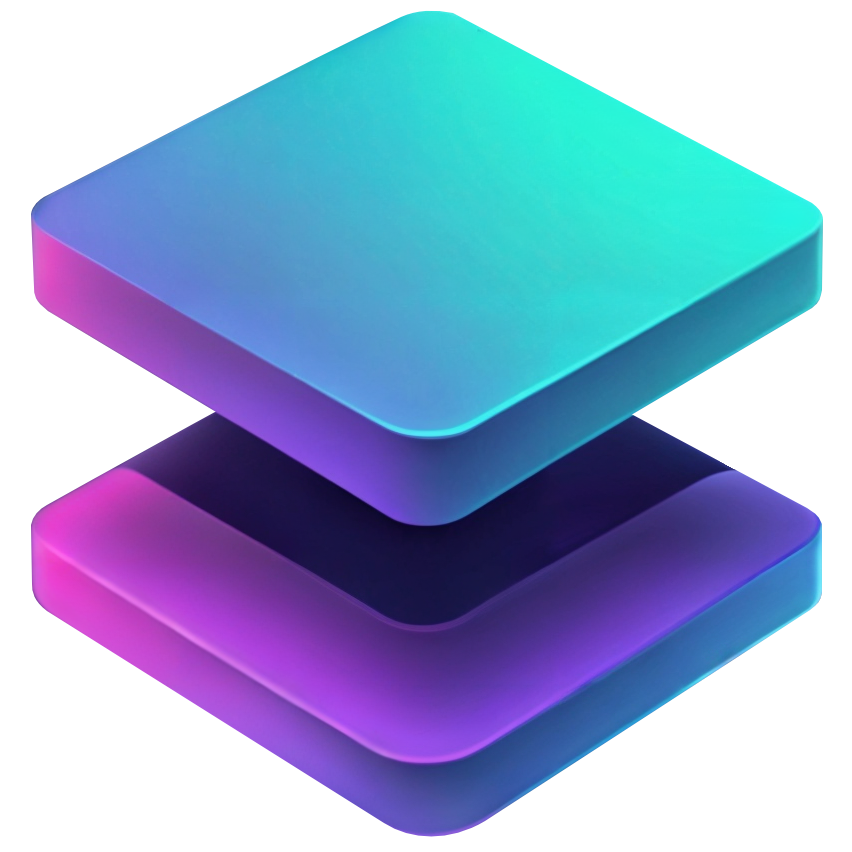Make a Flet CRUD App
Coming Soon
September 21, 2024
You will learn how to make a Flet CRUD app Peewee ORM.
Note
You will be able to purchase the full app with the UI on the Dev Shop (Coming Soon)

What you will need:
- Flet - Library for building mobile and desktop apps in Python
- Peewee ORM - A small and intuitive Sqlite ORM for persistent relational DB storage
Data Models
This app will have one-to-one and many-to-many relationships.
Person
A task to complete
| Column | Type | Description |
|---|---|---|
| id | int | unique id for the person |
| first_name | text | unique first name for the person |
| last_name | text | unique first name for the person |
| password | text | password for the person |
| info_id | int | More information about the person |
Item
A generic item. Edit these fields to your needs
| Column | Type | Description |
|---|---|---|
| id | int | unique id for the person |
| name | text | unique name for the item |
| description | text | password for the item |
| image | text | url to image for item |
| numeral | int | a number |
| numeral_name | text | the name of the numeral |
| created_at | text | date item was created |
| updated_at | text | date item was updated |
| ... | ... | ... |
PersonItems
A person has many items and an item belongs to many persons.
| Column | Type | Description |
|---|---|---|
| id | int | unique id for the person detail |
| person_id | text | id of the person |
| item_id | text | id of the item |
PersonInfo
More details about a person. Edit these fields to your needs
| Column | Type | Description |
|---|---|---|
| id | int | unique id for the person's info |
| person_id | text | id of the person |
| ... | ... | ... |
UI/UX
 Mockup By SaaSProduct
Mockup By SaaSProduct
Requirements
Functional Requirements
- CRUD
Non Functional Requirements
- Beautiful - Nice looking UI
- Useful - could be used for real work
- Stable - No bugs
Technical Requirements
- Desktop
- Responsive
Business Rules
These business rules were generated by Google Gemini. These are only ideas for future features and are not included in this project (TBA):
Create a new Flet App
Create the folders for your Flet app. You should be able to copy the content below and paste it into your terminal. You can also create the folders manually using your mouse and keyboard. The app_name/ folder can be called whatever the name of your app is. For example you can do mkdir inventory_app instead of mkdir app_name.
mkdir app_name
cd app_name
touch main.py
touch config.py
mkdir assets
mkdir assets/images
mkdir assets/docs
mkdir components
touch components/base.py
mkdir business
touch business/base.py
mkdir dbThis is the folder structure of the app. The data.db file will be created in main.py
app_name/
assets/
images/
docs/
components/
base.py
business/
base.py
db/
data.db
main.py
config.pyInstall dependencies
pip3 install flet
pip3 install peeweeThe Code
Copy the code in the files below to the appropriate files in your project.
from flet import *
from peewee import SqliteDatabase,Model,CharField,DateField,ForeignKeyField
from datetime import date
from pathlib import Path
def main(page):
# db_path = Path(__file__).parent.joinpath("db/data.db")
db = SqliteDatabase("data.db")
class BaseModel(Model):
class Meta:
database = db
class PersonInfo(BaseModel):
address = CharField()
class Person(BaseModel):
first_name = CharField()
last_name = CharField()
birthday = DateField()
info = ForeignKeyField(PersonInfo, backref='person')
class Item(BaseModel):
owner = ForeignKeyField(Person, backref='items')
name = CharField()
item_type = CharField()
class PersonItems(BaseModel):
owner = ForeignKeyField(Person, backref='items')
item = ForeignKeyField(Item, backref='items')
db.create_tables([Person, Item, PersonItems,PersonInfo])
first_name = TextField(label="First name", autofocus=True)
last_name = TextField(label="Last name")
people = Column()
def delete_person(e):
# page.add(Text("Action clicked: " + e.control.text))
person = Person.select().where(Person.first_name == e.control.text).get()
person.delete_instance()
people.controls = [Row([TextButton(person.first_name,on_click=delete_person),TextButton(person.last_name)]) for person in Person.select()]
page.update()
people.controls = [Row([TextButton(person.first_name,on_click=delete_person),TextButton(person.last_name)]) for person in Person.select()]
def btn_click(e):
information = PersonInfo(address="123 safe street")
information.save()
uncle_bob = Person(first_name=first_name.value, last_name=last_name.value, birthday=date(1960, 1, 15),info=information)
uncle_bob.save() # bob is now stored in the database
first_name.value = ""
last_name.value = ""
first_name.focus()
people.controls = [Row([TextButton(person.first_name,on_click=delete_person),TextButton(person.last_name),Text(person.info.address)]) for person in Person.select()]
page.update()
page.add(
first_name,
last_name,
Text("Click first name to delete"),
ElevatedButton("Create", on_click=btn_click),
people
)
app(target=main)Test the App
flet runPublish the App
The app will be published to dist/main.app
flet pack main.pyNotes
I really enjoyed this project. Flet and the Peewee ORM work really well together. One thing to consider with Flet is that it does take some time to load.
Update - Oct 15, 2024
In order to package the app for the newest version of flet, I had to make sure pyinstaller was installed and I used it to package the app. The flet pack main.py command didn't work for me.
I exported the directory I wanted to use to store the apps data
export FLET_APP_DATA = '/Users/username/Desktop/app_directory/data'Then I updated the path to the SQlite database:
os.environ['FLET_APP_DATA'] = "/Users/username/Desktop/app_directory/data"
db = SqliteDatabase(os.environ['FLET_APP_DATA'] + "/data.db")Now to package the app:
pip3 install pyinstaller
pyinstaller --onefile --windowed main.py

